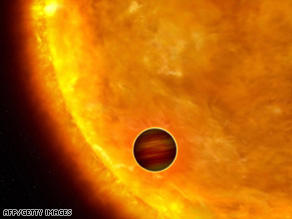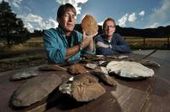
© David Williams, University of RochesterThis is a diagram of an RPE cell showing how they interact with the photoreceptors of the eye, and how their health differs in the eyes of a 3-year old and an 80-year old.
A layer of "dark cells" in the retina that is responsible for maintaining the health of the light-sensing cells in our eyes has been imaged in a living retina for the first time. The ability to see this nearly invisible layer could help doctors identify the onset of many diseases of the eye long before a patient notices symptoms. The findings are reported today's issue of
Investigative Ophthalmology and Visual Science.
"Our goal is to figure out why macular degeneration, one of the most prevalent eye diseases, actually happens," says David Williams, director of the Center for Visual Science and professor in the Institute of Optics at the University of Rochester. "Macular degeneration affects one in 10 people over the age of 65, and as the average age of the U.S. population continues to increase, it is only going to get more and more common. We know these dark retinal cells are compromised by macular degeneration, and now that we can image them in the living eye, we might be able to detect the disease at a much earlier stage."
In 1997, Williams' team was the first to image individual photoreceptor cells in the living eye, using a technique called adaptive optics, which was borrowed from astronomers trying to get clearer images of stars. To image the dark cells behind the photoreceptors, however, Williams employed adaptive optics with a new method to make the dark cells glow brightly enough to be detected.


